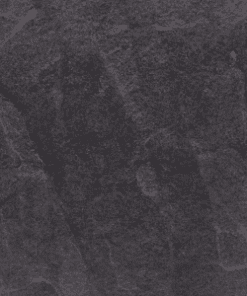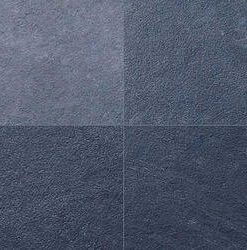Kadappa
Kadappa
Kadappa
Kadappa
Kadappa
Kadappa
Kadappa
Kadappa
Kadappa Stone
One of the significant districts in the Rayalaseema Region is Kadapa, formerly known as Cuddapah and also known as the “Heart of Rayalaseema” and lately renamed as the YSR district. Many people are unaware that the Telugu term “Gadapa,” which means threshold or gate, is where the city’s name comes from.
When I mention Kadapa as my hometown in response to a question about where I’m from, everyone maintains a somewhat frightened expression and makes jokes about whether I have any bombs in my handbag. Of course, bombs are Kadapa’s claim to fame.
Bombs were once made in Kadapa, but not any longer. I was born and raised in this location. I’ve never even seen a bomb. I’ve never even created one. So to represent Kadapa negatively is plainly wrong. In the distant past, Kadapa, like many other Rayalaseema districts, was home to factions. Today, it’s extremely rare and unheard of. But for some reason, the filmmakers continue to make an effort to portray Kadapa as a haven for bomb fabricators. Kadapa has advanced past that, I assure you. Yet bombs are not one of its current claims to fame.
One of the most well-known black limestones is called Cuddapah Black Limestone. Both interiors and exteriors typically employ it. This black limestone’s main draw is that it can withstand extremely high temperatures and is quite hard. Cuddapah stone is quarried in Andhra Pradesh’s Betamcharla District.
How is this stone processed?
Raw black limestone rocks are sawed or machine-cut into uniform tiles, slabs, bricks, walling stones, curb stones and cobbles of various thicknesses and dimensions as per the application.
Cuddapah is available in the market in natural, honed, brushed and polished surface finishes. Even though these stones do not absorb water, Cuddapah tiles are layered with a sealant to make them non-slippery and to retard staining. They can be polished again and again during their lifetime to maintain a fresh look.
Owing to its hardy and long-lasting nature, this beautiful black stone can be employed to accentuate home interiors as well as exteriors.
- Although it is frequently used for flooring, this multifaceted stone can also be used for skirting, outside paving, coping, kitchen shelves, cabinet and closet shelves, and more.
- As it is a common material, it is easily accessible from almost all stone merchants in the marketplace. Similar to that, it is not difficult to locate skilled labour to install it. In the end, installation and acquisition become simple and affordable. Also, adopting a natural material rather than a synthetic one has a green benefit.
- Cuddapah is an extremely compact, impermeable, and long-lasting stone that requires very little upkeep. The stone’s dark colour lends an intense appearance to interiors, and its tactility suits the majority of interior design types.
- The stone’s strong resistance to wear and tear, heat and moisture makes it excellent for heavy-traffic areas, wet spaces, and exteriors, too.
Lime black stone is the same as kadapa black stone. These stones may be found at Tadipatri, Owk, Banaganapalli, and Bethamcherla. but primarily in Bethamcherla, which is close to Kurnool (Andhrapradesh old capital).
The major application for these stones is flooring. export to different Indian states. because it is relatively inexpensive. It is unpolished stone. The thickness is between 15mm and 150mm. not just in India but also to the United Kingdom, Canada, Australia, and Gulf nations. Every day, between 150 and 250 trucks export to both domestic and foreign markets.









